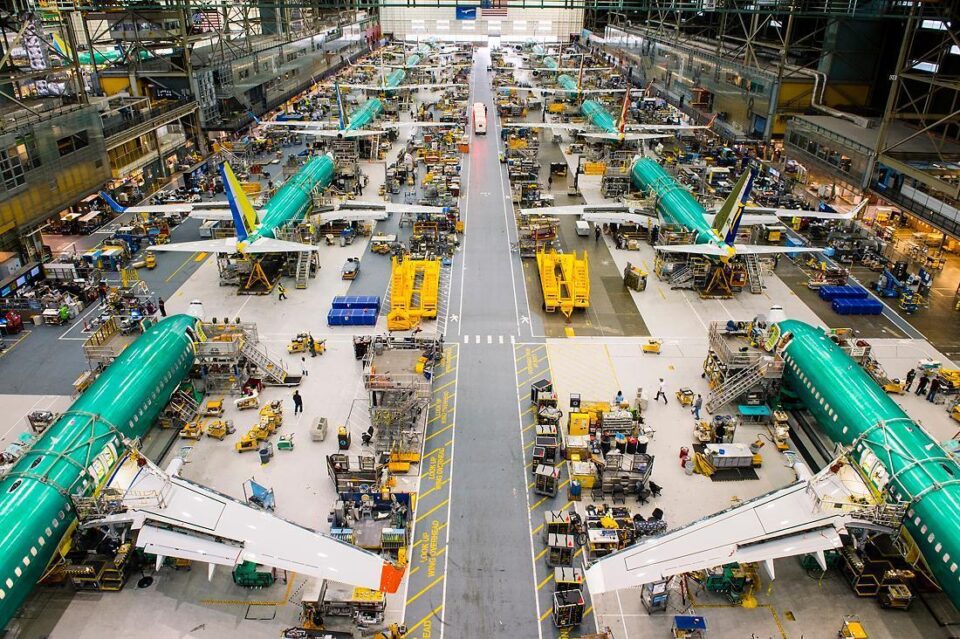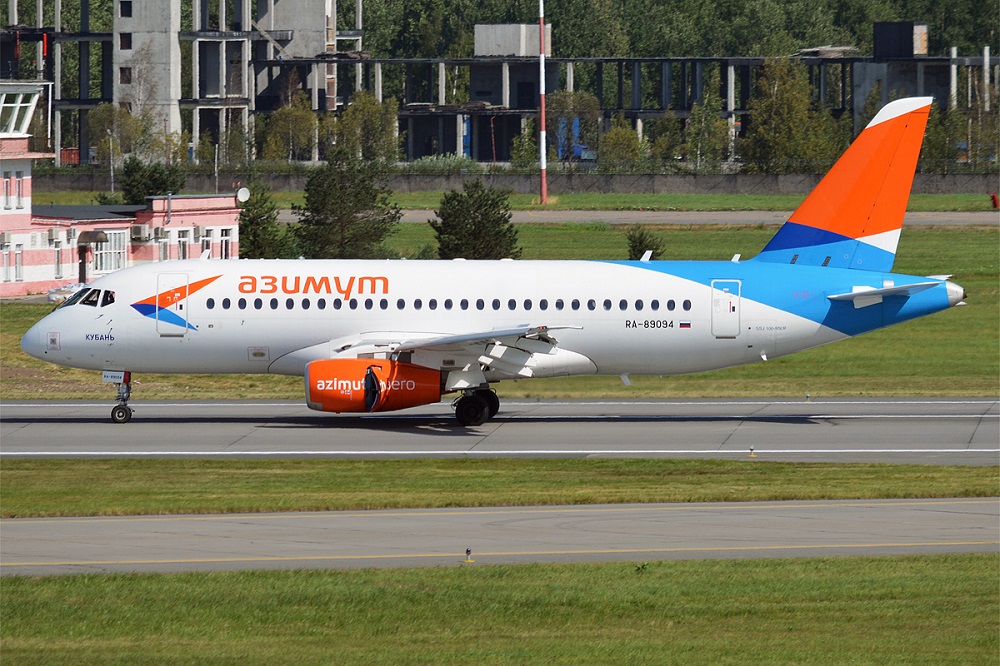Aviation
Boeing Offers 25% Pay Increase & Promise to Build Next Plane in Seattle

Boeing is seeking to avert a potential strike with a new tentative agreement that promises to build the next-generation aircraft in the Puget Sound region, Washington.
The agreement, announced on September 8, 2024, follows negotiations between Boeing and the International Association of Machinists and Aerospace Workers (IAM) District 751. The deal, which will be put to a vote by over 33,000 IAM members in Washington and Portland, includes several key provisions aimed at improving workers’ conditions.
Set to be voted on September 12, 2024, the contract offers a substantial 25% wage increase, enhanced retirement benefits, better health coverage, and increased paid time off. Additionally, the contract guarantees that mcas boeing next new aircraft will be manufactured in Seattle, underscoring the company’s commitment to the region.
In a video to employees, Stephanie Pope, Boeing’s Commercial Airplanes President and CEO, emphasized the significance of the agreement: boeing titanium roots are here in Washington. It is where generations of workers have built incredible airplanes that connect the world. And it’s why we’re excited that, as part of the contract, our team in the Puget Sound region will build Boeing’s next new airplane.”
The agreement comes as a potential strike loomed on September 13. If the union members reject the proposal, a walkout could commence on Friday morning. While the proposed deal does not meet all of the union’s demands, such as a 40% wage increase or a restoration of the traditional pension plan, it includes notable “quality of life” enhancements, including 12 weeks of paid parental leave.
The union has acknowledged the concessions made in negotiations but views the proposal as a significant improvement. “Negotiations are a give and take, and although there was no way to achieve success on every single item, we can honestly say that this proposal is the best contract we’ve negotiated in our history,” the union’s message stated.
Workers are expected to vote on the proposal on Thursday, and if approved, the agreement will include incentives such as a one-time $3,000 bonus. boeing777x, The contract also ensures that Boeing will continue its legacy in the Puget Sound region by building its next aircraft there, further strengthening the company’s bond with the area.

Aviation
Flames on the Runway: Russian Jet Sparks Emergency in Turkey

A dramatic incident unfolded at Turkey’s Antalya Airport on Sunday night when a Russian passenger plane caught fire shortly after landing.
The Azimuth Airlines Sukhoi Superjet 100, arriving from Sochi International Airport in Russia, was carrying 89 passengers and six crew members. Thankfully, all onboard were safely evacuated without any injuries reported.
Air India to Launch aircraft maintenance training institute in Bengaluru
The fire broke out after the aircraft landed at 9:34 p.m. local time, prompting the pilot to issue an emergency call. Evacuation footage shared by Russian media site ЧП Сочи captured the tense moments as passengers slid down emergency slides, with some seen carrying large pieces of luggage despite the urgency of the situation.
Investigators at the time highlighted the critical impact of passengers retrieving their belongings, which obstructed others from escaping the burning aircraft.
This country tops visa rejections in the popular Schengen countries
Although no injuries were reported this time, the episode serves as a stark reminder of the importance of prioritizing life over possessions during emergencies. Seconds can mean the difference between survival and tragedy in such situations.
In response to the incident, Turkey’s transportation ministry confirmed that efforts were underway to remove the damaged aircraft from the runway. While arrivals at Antalya Airport were temporarily suspended, departures continued from a nearby military-operated runway to minimize disruptions.
The cause of the fire is yet to be determined, but the swift evacuation ensured a safe outcome for everyone on board.
-

 Aviation2 months ago
Aviation2 months agoMicrosoft Flight Simulator Raises $3 Million to Bring Back the An-225 Mriya
-

 Airlines2 months ago
Airlines2 months agoQatar Citizens Can Travel to the United States Without a Visa
-

 Aviation2 months ago
Aviation2 months agoQatar Airways bans these new Electronic Devices on plane
-

 Airlines2 months ago
Airlines2 months agoJapan Airlines Rolls Out Free Domestic Flights to International Passengers
-

 Defence2 months ago
Defence2 months agoWhich Country Has the Largest Fleet of Fighter Aircraft?
-

 Travel2 months ago
Travel2 months agoQatar Airways Launches Four Additional Flights from Amsterdam
-

 Airport2 months ago
Airport2 months agoWestern Sydney Airport Welcomes Its First Plane After 6 Years of construction
-

 Airlines4 days ago
Airlines4 days agoDAMAC Air: Dubai’s New Luxury Airline Offers Free Flights for Registration








